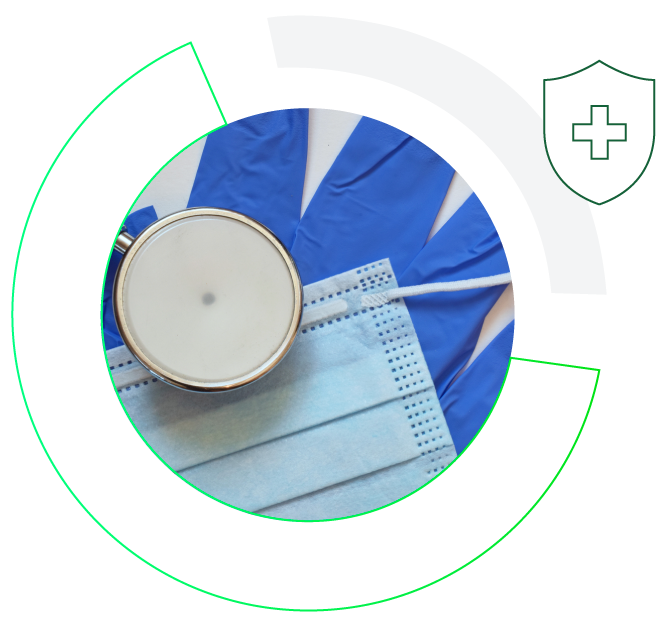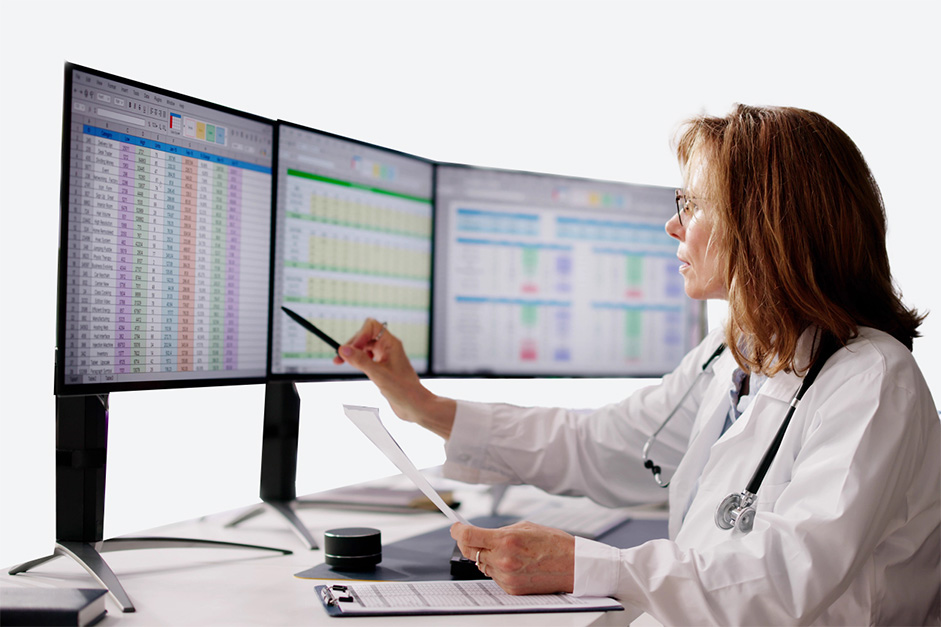How Do Insurance Groups Leverage Morley’s AI Powered Remote Patient Monitoring Capabilities?
Real-time patient/customer monitoring gives insurers the data they need to manage risks, reduce costs, improve customer experience and gain marketplace differentiation.
How Morley Medical’s PRIMO™ Helps Insurance Companies
Mitigate Professional Risk
We analyze customers’ data, acting as an early-warning detection tool, to prevent them from hopefully not progressing into worsening conditions. Our platform monitors in real time any potential changes in a customer trajectory toward possibly being in harm’s way for potential medical complications. Being able to proactively identify potential risks before they escalate can improve customer health and reduce risk/exposure rates.
Help with Loss Prevention
PRIMO™ can identify health factors for customers, which help promote safety measures and proactive risk management. Insurers can reduce the frequency and severity of claims, leading to lower overall claim costs.


Reduce Potential Medical Malpractice
The ability to improve efficiency and quick decision making in the healthcare setting relies on having the correct pathway identified so that errors can be reduced. By leveraging PRIMO, customers and healthcare providers can make better informed decisions by utilizing an early-detection system—prompting customers to seek medical attention if needed and giving providers the necessary information to intervene properly. By alerting both customers and providers to the potential risk of diseases, a better treatment plan can be formulated which ultimately can reduce medical malpractice claims.
Generate Additional Revenue
Leveraging current Medicare and Medicaid payments to physicians using remote patient monitoring services is a way that insurance entities can not only provide state-of-the-art medical-monitoring technology but also help their clients’ bottom lines. Insurance partners can add extra revenue to existing clients or new/prospective clients by offering PRIMO. CPT codes are paid by Medicare and Medicaid to physicians utilizing remote patient monitoring solutions. Revenue is paid per patient, per month with remote patient monitoring participation.

